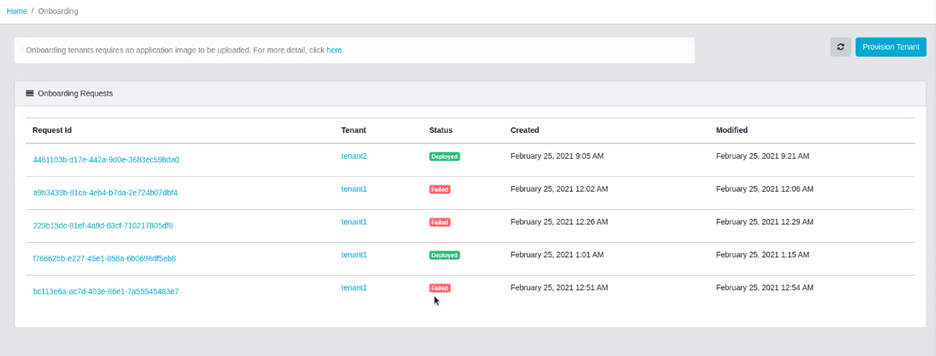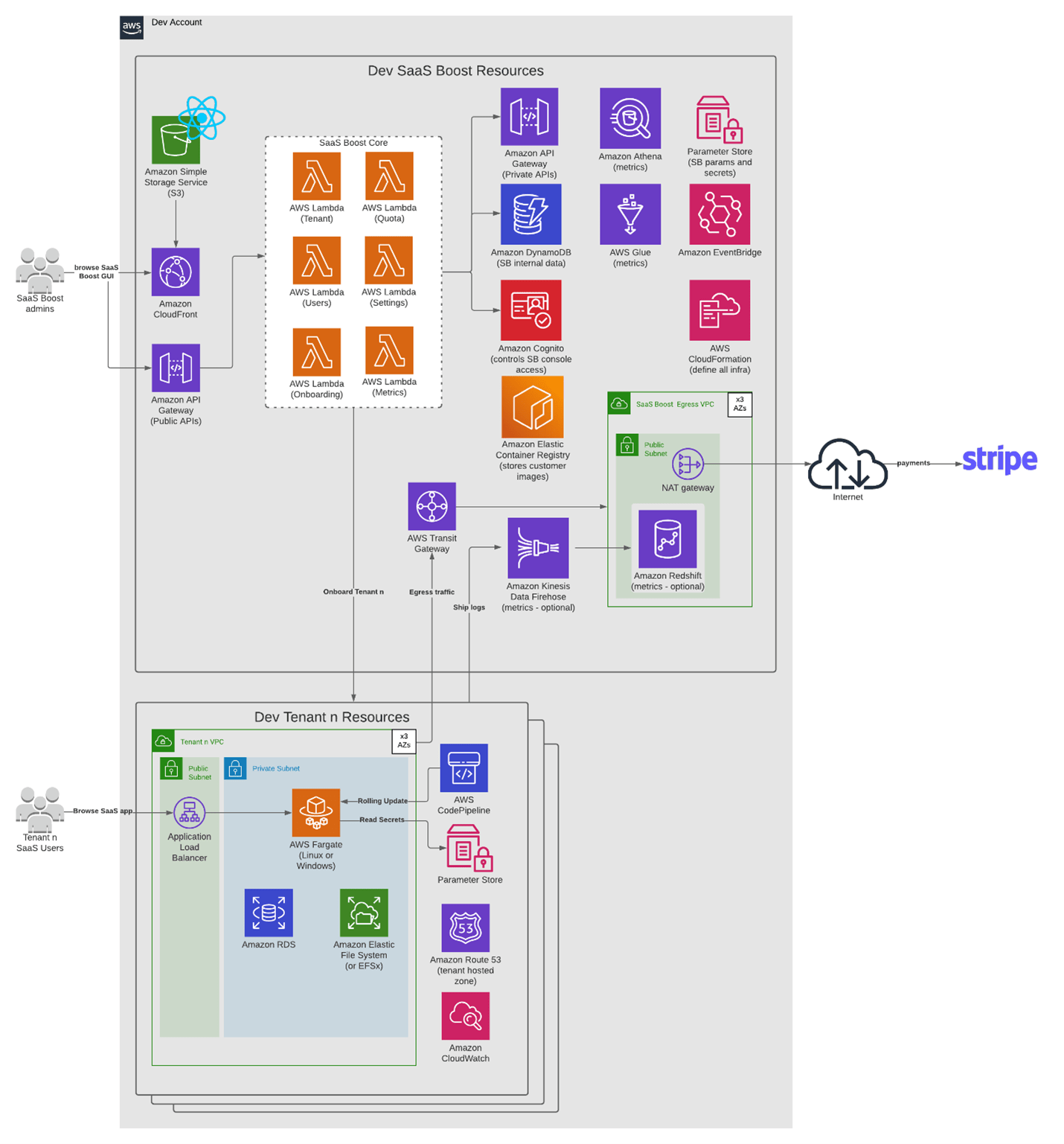AWS SaaS Boost Accelerates Market Availability of SaaS Applications
- May 26, 2021
What is AWS SaaS Boost?
For those of you unfamiliar with the new offering, Amazon Web Services (AWS) shares that AWS SaaS Boost can help organizations from small, specialized software businesses to large global solution providers accelerate moving their applications to AWS with minimal modifications. ISVs can build, provision, and manage their SaaS environment using AWS best practices and proven patterns. AWS SaaS Boost is built to help ISVs attain SaaS benefits such as:
• Optimizing costs by better aligning resources with peaks and valleys in customer usage
• Growing customer satisfaction by removing the need for customers to maintain and upgrade applications and supporting systems
• Increasing customer loyalty by continuously providing the latest innovations to customers while doing so with shorter times-to-market
• Enabling new digital business models that meet evolving customer needs
AWS SaaS Boost in action
We had the opportunity to take AWS SaaS Boost for a test drive and found it to deliver on its promises. Working with a client of ours who wanted to move its monolith application to AWS, we found that not only did it accelerate the process of moving the client’s application to the SaaS model, but allowed us to easily take advantage of cloud architecture opportunities, like creating and managing the application as a multi-tenant SaaS app. While there are many ways to manage a multi-tenancy app, the preview version allowed us to create isolated VPCs in the same AWS account.
AWS SaaS Boost comes with software builders that help you with ongoing app monitoring and management. Builders include tools for configuring the environment, automating deployment, analytics dashboards, and billing and metering. In our test, we found that automated deployments save a lot of time while ensuring system consistency.
To get started, we tagged the container we wanted to deploy. Notice that all the tenants get tagged along with it.

We like that SaaS Boost provides easy access to the console where each tenant can be easily viewed. If, for example, there is an issue with tenant 1, users do not need to dig through the entire console. They can simply click, see the tenant URL and other details.

We were able to prepare the client’s application and use AWS SaaS Boost to deploy it all within 12 weeks. This is a fraction of the time it took us to manually build a similar solution for another client.

Our Take
While we expect AWS SaaS Boost to expand its feature set as the solution matures, it is certainly a feature-rich offering that will save ISVs weeks, if not months, of time in moving to a SaaS model. However, customers will still need to do some pre-work, such as API integration, to make their application ready to use AWS SaaS Boost. For example, our client has a Windows application running on VMs on an IIS Web App. To prepare the application for SaaS Boost, we needed to first containerize the application, which we did with Docker. We then worked with the customer to import its database, writing a script to provision it to AWS. Once these preparatory steps were completed, we could then deploy the app with SaaS Boost.
While AWS SaaS Boost can accelerate the process of moving a monolith to the SaaS model, we recommend that ISVs wanting to move their on-premises application to AWS get help to ensure they properly prepare their application. We are glad to have it as a tool to help clients accelerate their AWS SaaS transformation and begin reaping the rewards SaaS provides.
AWS has clearly invested heavily in its SaaS factory team and we are excited by the outcome. We are not aware of anything else like this on the market and as a result expect other cloud providers to be fast followers here.
For more information on how NTT DATA Services can help with your AWS SaaS transformation, click here.
Subscribe to our blog




